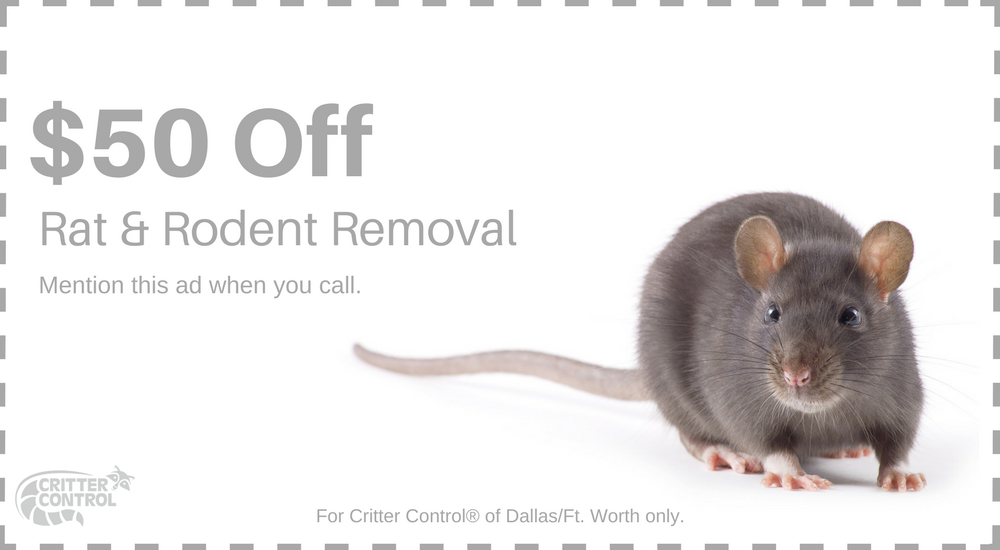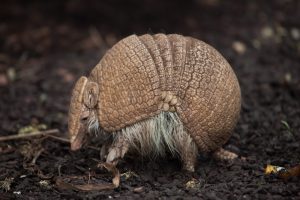 The most commonly found species of armadillo in Texas is the North American nine-banded armadillo. While the other 20 species of this particular mammal are secluded to South and Central America, the nine-banded armadillo has migrated far beyond the Rio Grande and can now be found living as far east as Florida.
The most commonly found species of armadillo in Texas is the North American nine-banded armadillo. While the other 20 species of this particular mammal are secluded to South and Central America, the nine-banded armadillo has migrated far beyond the Rio Grande and can now be found living as far east as Florida.
Nine-Banded Armadillo Facts
Growing to the size of a small dog, the nine-banded armadillo have large claws that help them dig and borough into the ground to nest and find grubs, their main food source. In spring, these armadillos give birth to four identical pups in each litter. Largely nocturnal, the nine-banded armadillo has weaker vision during the day. They can also be susceptible to drought and cold and therefore cannot live full-time in any northern states because of the freezing temperatures.
History of Armadillos in Texas
Armadillos have become very popular in Texas for more than a century now.
- Late 1800s – From baskets to lamps and various other souvenir trinkets that were made from their shells, armadillos became quite favorable to hunt in Texas.
- 1970s – Although armadillo racing events became popular in San Angelo, Texas, the state legislature voted against petitions to make armadillos the official state mammal.
- 1981 – The armadillo was declared the official state mascot by executive decree.
Dangers of Texas Armadillos
Despite their popularity and docile nature, armadillos should not be played with in the wild. Armadillos are known for carrying Hansen’s Disease — more commonly known as leprosy — and have transmitted it to people in Texas and Florida. Armadillos can also carry rabies, salmonella, and tapeworms. Because of these diseases, it’s best to let professionals remove them from your property.
Professional Armadillo Removal
If you have an armadillo problem, the pest and wildlife professionals at Critter Control® of Ft. Worth are knowledgeable and experienced in armadillo control and can create a plan for removal that will work for you. Give us a call today for a fast estimate and consultation at 469-805-6267.




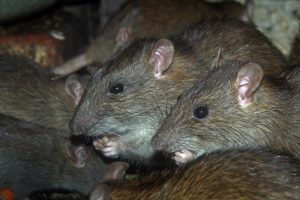
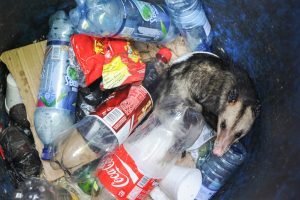
 While birds and butterflies can be enjoyable to watch in your yard and that occasional
While birds and butterflies can be enjoyable to watch in your yard and that occasional 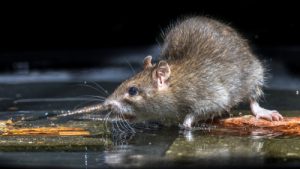 The presence of an unwelcome pest in your home can elicit a range of emotional responses anywhere from mildly annoyed to terrified. And while wild animals such as
The presence of an unwelcome pest in your home can elicit a range of emotional responses anywhere from mildly annoyed to terrified. And while wild animals such as  Thanks to the strong work ethics of
Thanks to the strong work ethics of 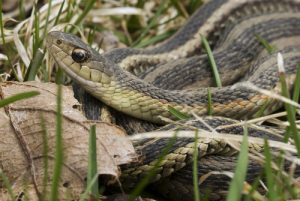 There are
There are  Worth area where the winters can get pretty chilly. One of the major downsides though is that it gives nuisance animals like birds,
Worth area where the winters can get pretty chilly. One of the major downsides though is that it gives nuisance animals like birds,  your home and off of your property. Historically, many of these deterrents, especially those aimed at repelling rodents, have been harmful to pets. When you have pets in your household and are considering pest deterrent options, it’s important to find ones that won’t harm your four-legged friends. Here are some good options:
your home and off of your property. Historically, many of these deterrents, especially those aimed at repelling rodents, have been harmful to pets. When you have pets in your household and are considering pest deterrent options, it’s important to find ones that won’t harm your four-legged friends. Here are some good options: